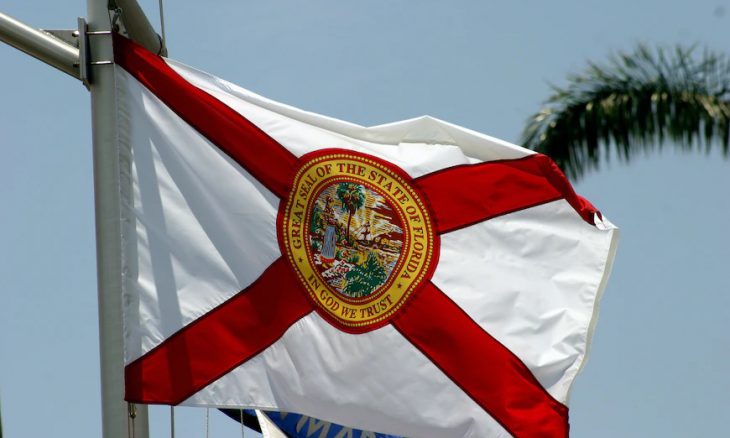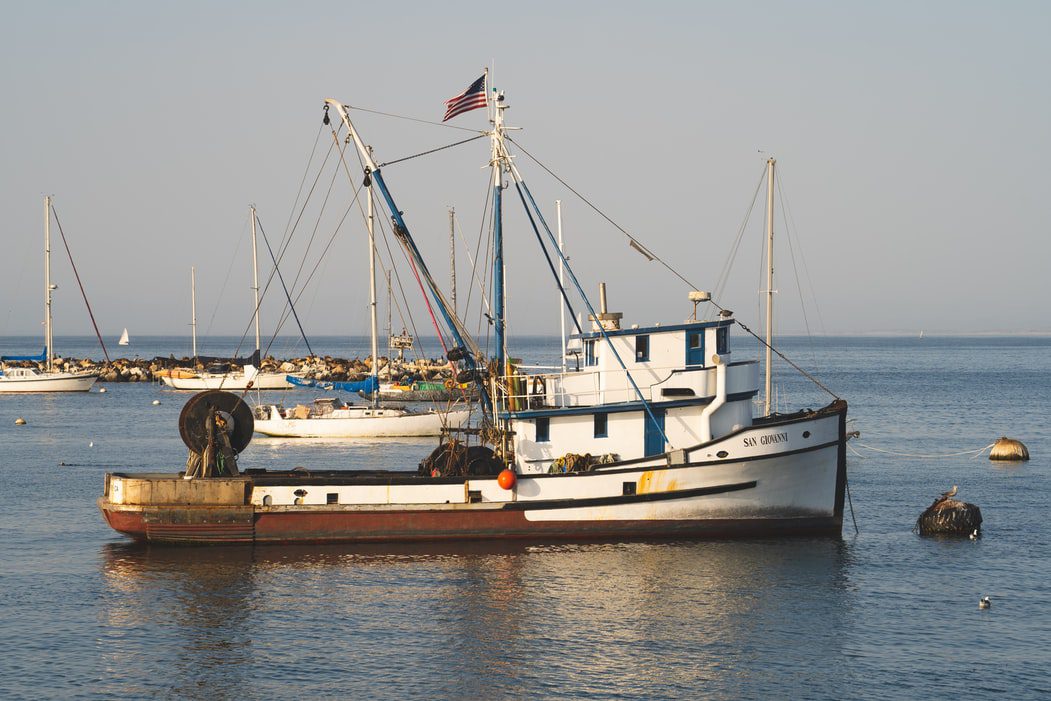The Gulf Coast is already experiencing Red Tide.
A seaweed blob twice as wide as the continental U.S. is headed across the Atlantic toward popular beaches along the Gulf Coast and Florida.
The smelly algae bloom, known as a red tide, has already been killing fish in south Florida and along the Gulf Coast, adding the smell of rotting fish to the already toxic rotten-egg odor of the algae.
“Floridians along the Gulf Coast are probably most familiar with Karenia brevis, the organism that causes our own red tides, which can result in massive fish kills, the deaths of marine mammals, sea turtles, sea birds and for humans, neurotoxic shellfish poisoning and respiratory impacts, especially for those with asthma and other chronic respiratory conditions,” say researchers at the Mote Marine Laboratory and Aquarium.
“The big concern is now that our coastlines are more developed and there’s a lot more people in Florida than there used to be. How are we affecting water quality and how is that affecting red tide?” said Mike Parsons, a marine science professor at Florida Gulf Coast University. He stated, while pollution is not causing the phenomena, “it may be aggravating the problem.”
In the open sea, patches of the algae bloom can serve as a habitat for fish, turtles, crabs, shrimp, and birds. But close to land, toxins released on ocean breezes can create health problems for some, including coughing, irritated throats, and itchy eyes.
A tide map shows patches already present in locations north of Tampa Bay to as far south as Naples. The mass of the blob is expected to reach Florida’s shores by July, or sooner, depending on weather conditions in the Gulf of Mexico.
As the Lord Leads, Pray with Us…
- For Florida public officials and residents as they deal with two unpleasant ocean phenomena.
- For the health and well-being of those living and working along Florida’s beaches and beach communities.
Sources: Market Watch, NY Times, CBS News









